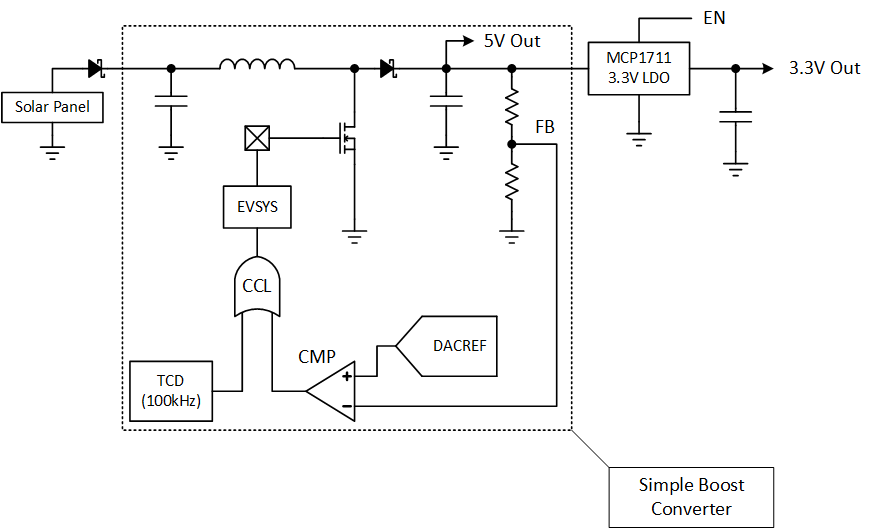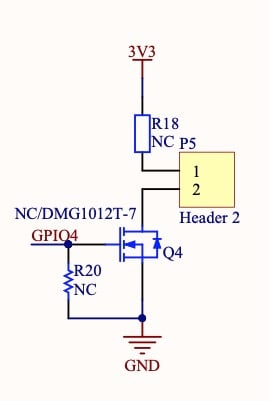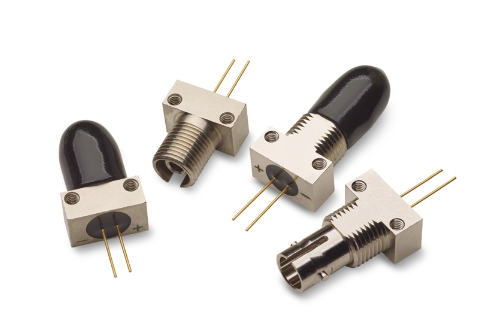6
6
How to use I2C devices in (Apache) NuttX: Adding support for an I2C device in your board
(www.embeddedrelated.com)
11
2
12
3
16
3
Lies, Damn Lies and Analog Inputs (comparing ADCs on ESP32, Pico and Arduino)
(www.doctormonk.com)
23
1
view more: next ›
Electrical and Computer Engineering
610 readers
4 users here now
Electrical and computer engineering (ECE) community, for professionals and learners. Discuss ECE related topics here, for instance digital design, signal processing, circuit analysis, electromagnetics, microelectronics, power electronics, RF electronics, etc.
founded 1 year ago
MODERATORS








